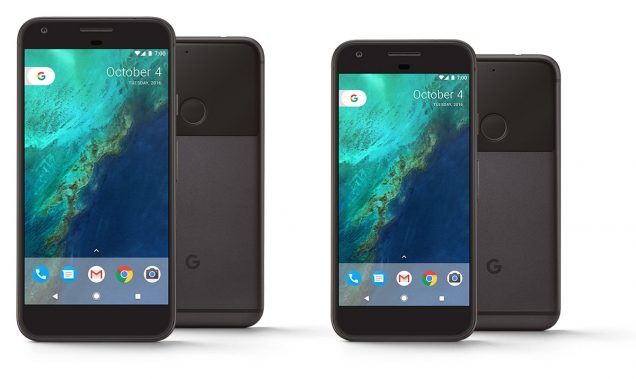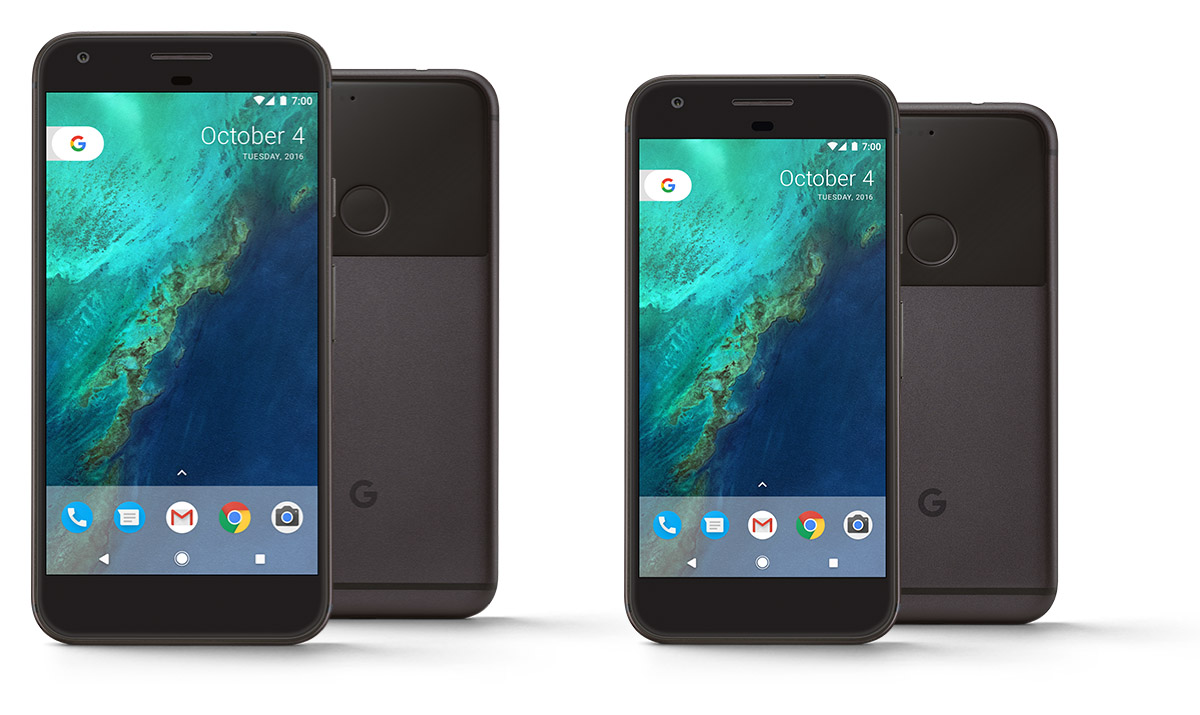When you get onto a network, whether wifi or telephone, your devices get many recognition codes, so to say: among these codes there is also the MAC address, where MAC stands for Media Access Control. Our privacy may be jeopardized by the MAC address, because third-parties can track our movements, including locations and times of our trips. At best, we could receive custom advertising based on these trackings: at worst, this data could be used maliciously against us.
Manufacturers of mobile operating systems have developed several techniques to hide our MAC address and avoid being tracking using this easy to find information. Since 2014 such a procedure exists on iOS, it is automatic and works quite well; it was introduced to Android in 2015, it’s very little used and even on phones that allow it is not enabled by default.
New research lists these as the Android phones that hide their MAC address automatically:
- BlackBerry STV100-1
- BlackBerry STV100-2
- BlackBerry STV100-3
- Blackberry STV100-4
- Google Pixel C
- Google Pixel XL
- HTC HTC 2PS650
- HTC Nexus 9
- Huawei EVA-AL00
- Huawei EVA-AL10
- Huawei EVA-DL00
- Huawei EVA-L09
- Huawei EVA-L19
- Huawei KNT-AL20
- Huawei Nexus 6P
- Huawei NXT-AL10
- Huawei NXT-L09
- Huawei NXT-L29
- Huawei VIE-AL10
- LGE LG-H811
- Sony 402SO
- Sony 501SO
- Sony E5803
- Sony E5823
- Sony E6533
- Sony E6553
- Sony E6603
- Sony E6633
- Sony E6653
- Sony E6683
- Sony E6853
- Sony E6883
- Sony F5121
- Sony F5321
- Sony SGP712
- Sony SGP771
- Sony SO-01H
- Sony SO-02H
- Sony SO-03G
- Sony SO-03H
- Sony SO-05G
- Sony SOV31
- Sony SOV32
Nonetheless, these models do not implement all the safety features needed to ensure our privacy: we would like to see manufacturers (hardware & software) try harder.


